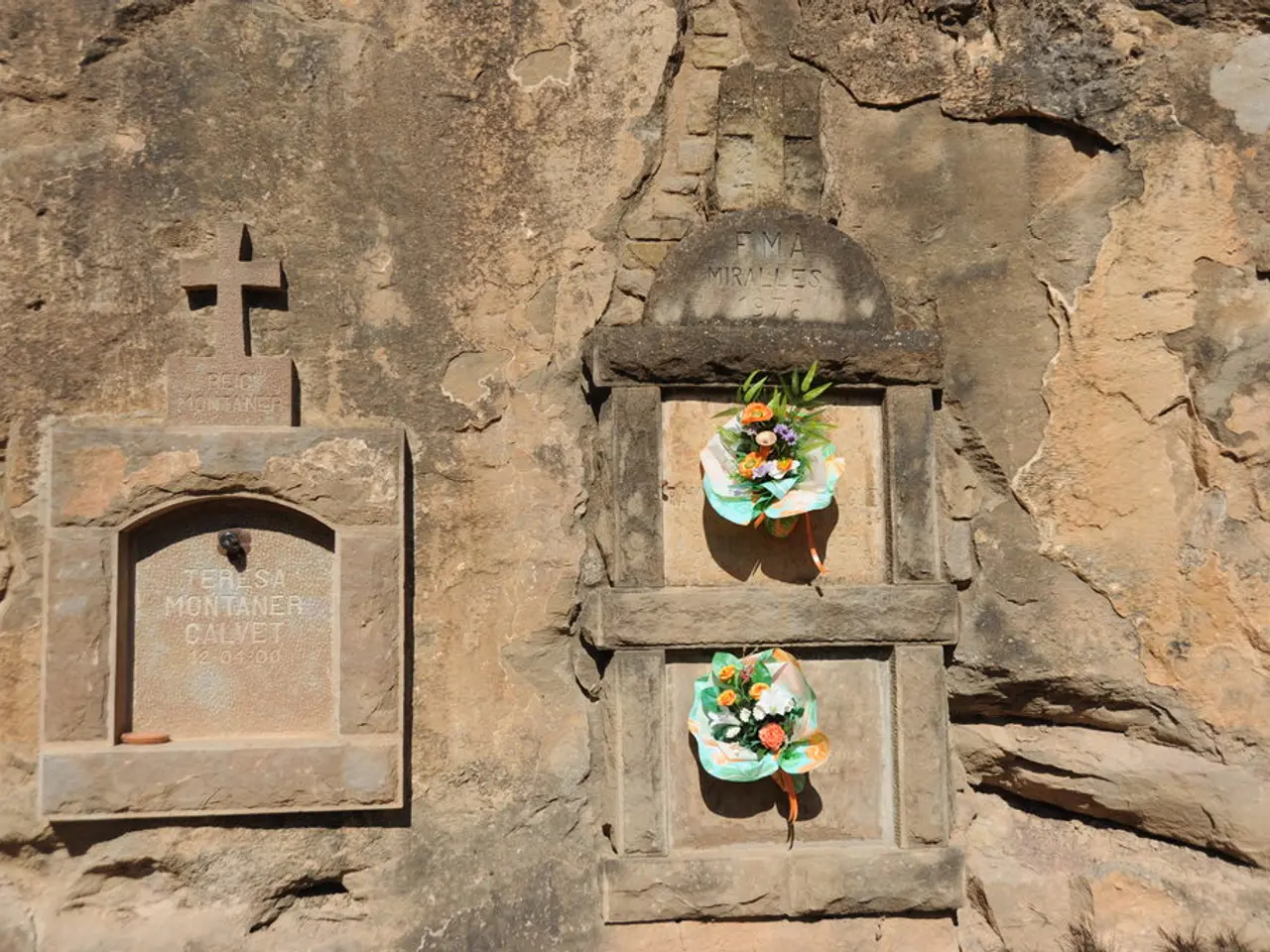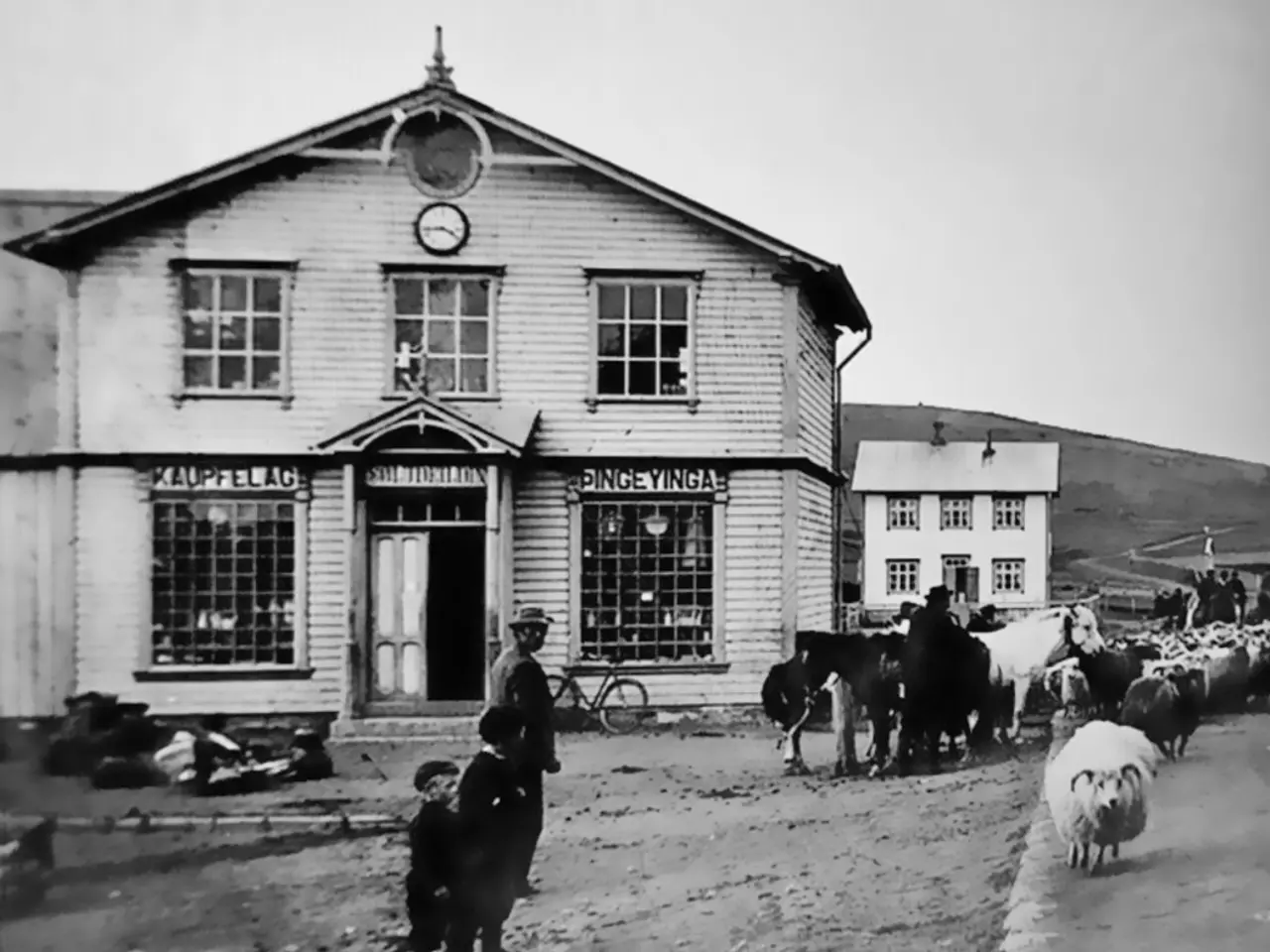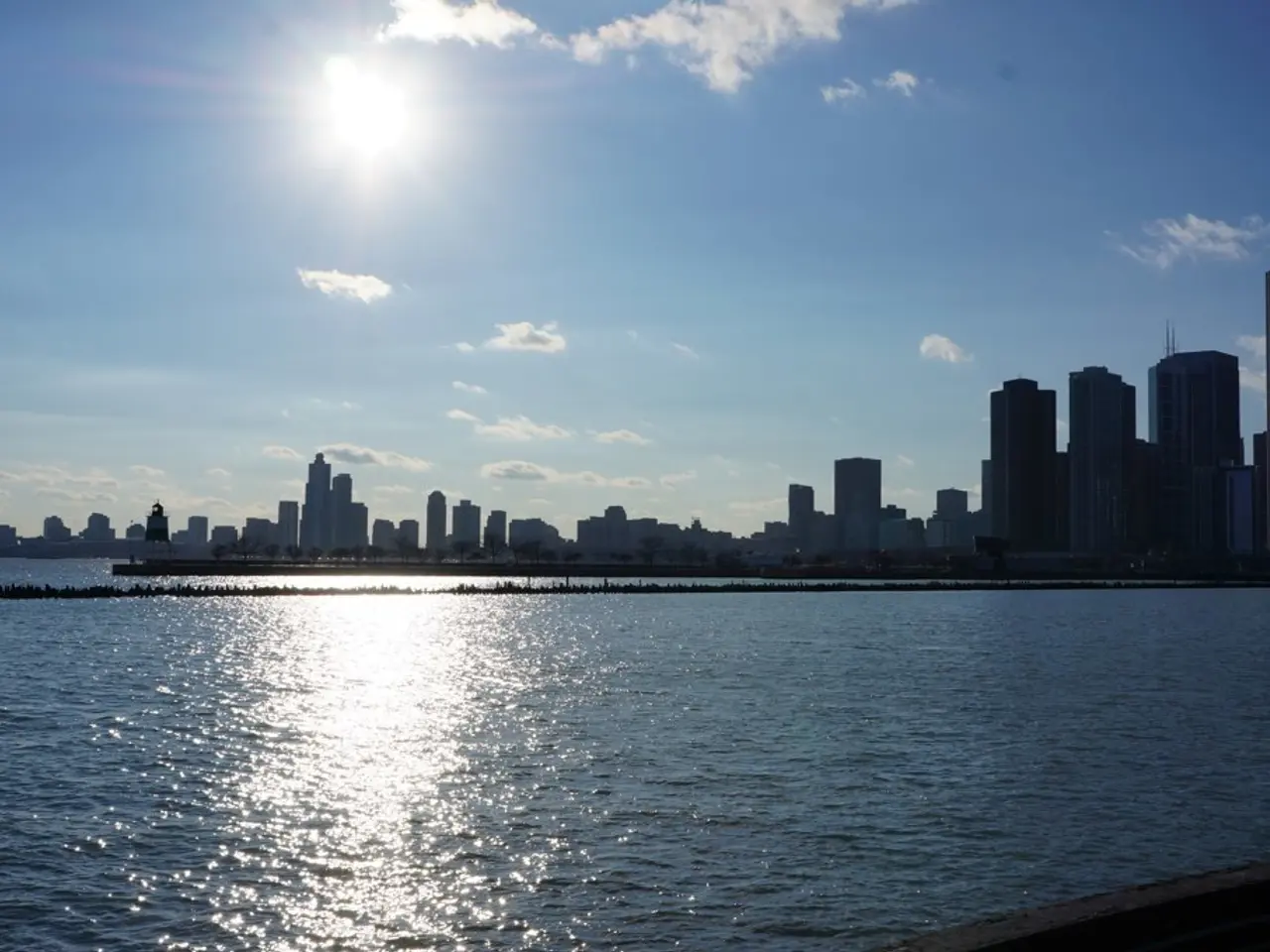Memorial Service for Artist Günther Uecker at Schwerin Cathedral - Memorial Service Held for Artist Günther Uecker at Schwerin Cathedral
Günther Uecker, a central figure in the evolution of contemporary German art, passed away on June 10 at the age of 95 in Düsseldorf. Born on March 13, 1930, in Wendorf, Mecklenburg, Uecker's life and career were marked by a profound influence on the field, rooted in his experiences of war, displacement, and postwar reconstruction.
Uecker's artistic journey began in the mid-1950s when he moved to Düsseldorf to continue his art studies under Otto Pankok at the Kunstakademie Düsseldorf. It was during this time that he began integrating nails into his work, a decision that would become his signature style and an iconic visual language in postwar German art.
In 1956, Uecker joined the ZERO art movement, founded by Heinz Mack and Otto Piene. The movement sought to "return art to a zero base" and embrace new beginnings after the destruction of World War II. Uecker's nail reliefs perfectly embodied ZERO's ideals by using minimal materials to create maximal visual and emotional impact. His work demonstrated how ordinary gestures—like hammering nails—could become powerful statements of both personal and collective experience.
Uecker's contributions to the ZERO group were significant, and his influence persisted even after the movement disbanded in 1966. He continued to experiment across genres, working in conceptual art, installation, Land Art, and body art, and designing stage sets for operas. In 2000, he was commissioned to design a contemplative space for the German parliament, the Reichstag, reflecting his interest in spirituality and community.
Uecker's nail reliefs and installations on objects, such as chairs, pianos, sewing machines, and televisions, became internationally recognized in the 1960s. His signature works feature thousands of nails hammered into white-coated canvases or objects, creating dynamic patterns of light and shadow. One of his most notable works, the Reichstag Prayer Room, stands as a testament to his ability to bridge art and public space.
Manuela Schwesig, the Minister President of Mecklenburg-Vorpommern, attended Uecker's memorial service and paid tribute to his life and work. She emphasized his artistic achievements and his clear stance against war, oppression, and forgetting. The glass windows designed by Uecker in Schwerin Cathedral, which connect heaven and earth, light and shadow, were also highlighted as a lasting symbol and a great gift to the land.
Uecker's influence on younger generations and society at large was profound. Hendrik Wüst, governor of North Rhine-Westphalia, described him as "one of the most important and influential artists in German postwar history." His legacy stands as a testament to the transformative power of simple materials and gestures, and his work will continue to shape the landscape of contemporary art.
References: [1] Günther Uecker: A Retrospective. (n.d.). Retrieved from https://www.guntheruecker.de/en/ [2] Günther Uecker. (2021, June 11). Retrieved from https://www.britannica.com/biography/Gunther-Uecker [3] Günther Uecker. (n.d.). Retrieved from https://www.davidzwirner.com/artists/gunther-uecker [4] Günther Uecker. (n.d.). Retrieved from https://www.tate.org.uk/art/artists/gunther-uecker-12697
In the realm of the European Union, citizens of EC countries found a significant benefit in Uecker's life and work – the freedom to appreciate and understand art from diverse cultural backgrounds, as he was a central figure in the evolution of contemporary German art. Furthermore, documentaries and films about his artistic journey could become a form of entertainment, showcasing his contributions to the ZERO art movement, his collaborations across different genres, and his impact on society as a whole.







